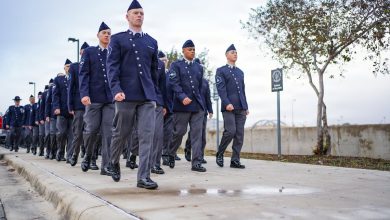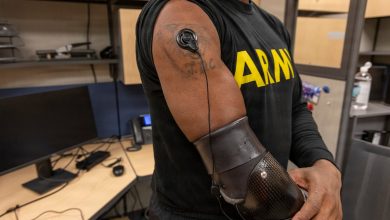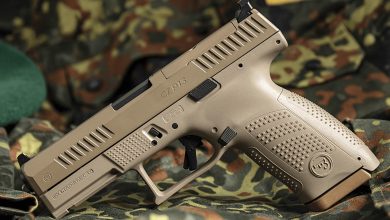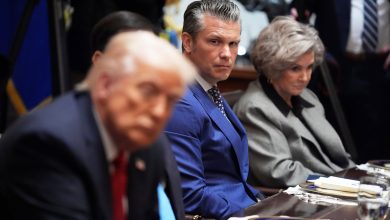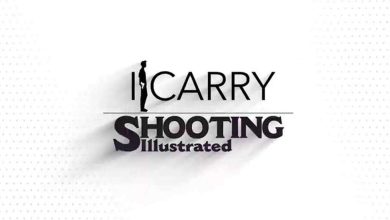File Cards In The Brain
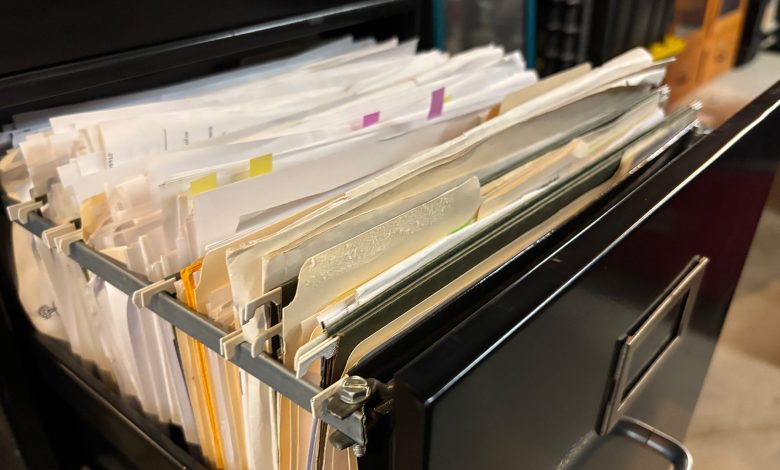
I’m going to let you in on a little secret: First responders aren’t actually first responders. Now hear me clearly: I am in no way saying that the law enforcement, firefighters, paramedics and the like are anything less than heroes for all they do. But the fact of the matter is the actual first responders to a crime or a fire are the victims of those incidents. What is happening is happening to them, and it is happening in real time.
However, the vast majority of people on this planet have no experience dealing with an emergency. That’s why they’re called “emergencies” and not “everyday occurrences.” The novel stimulus that comes from a violent crime or sudden medical issue requires a different response than a normal problem, like emptying the dishwasher or driving down a road.
Making Novel Stimuli Less Novel
This becomes a really big problem when that novel stimulus is life-threatening. As the saying goes, “When seconds count, the police are only minutes away,” and this is also true of firefighters and medical personnel. Seconds matter in a violent criminal encounter, and they also matter just as much in a medical situation. Having a response pre-planned and ready to implement is essential to a successful outcome for both of those instances. However, that sort of plan doesn’t just appear out of thin air, it is the result of prior training and mental preparation.
For example, I recently was sitting at a table in a diner in Sunrise, FL, having a meal with friends before we went to see The Who kick off their honest-to-goodness final concert tour. As we were eating, I heard a wheezing sound from the booth behind me. I turned, and there was a lady standing up, struggling to breathe and holding a hand to her throat. I stood up, took a few steps over to her, performed the Heimlich maneuver and in less time than it took me to type this, she’s okay.
Other people in the restaurant saw and heard what she was doing, but they either couldn’t process what was going on as fast I did or had “Dial 911” as their initial response. I heard the wheezing, said to myself “that’s choking,” and went straight to the Heimlich. I had the advantage of being the closest person to her, but the only things I did differently than everyone else was quickly understanding what the problem was and coming up with a solution on the spot.
The Readiness Is All
What happened was the difference between someone who is mentally prepared to deal with this sort of emergency and someone who has no experience with a novel stimulus. For example, anyone who’s driven in less-than-ideal conditions has a card filed away for “Oh no, my car hit a slippery spot and is spinning” and then performs the action on that card. In my case, I had a response card in the back of my brain titled “In case of choking, do this,” and when the time came, my brain reached into its card catalog of pre-programmed responses, selected that card and said “Ok, go with this one” once the start signal (the wheeze of a choking person) was given.
This time, that card did the job. More importantly, I had that card to play at that moment because I had spent the time and effort to get CPR training and expended some mental energy into pre-visualizing my response to a medical emergency.
Years ago, I was the first one on the scene of a motorcycle accident where a rider had laid down his bike and skidded on his back across three lanes of freeway traffic. I got out and tried to render aid as best I could, but the fact is, I was almost as unnerved by what had just happened as he was and was of little if any help. He turned out to be okay, but that incident showed me that while I had the gear and some of the training to deal with such things, what I lacked was the mindset needed to use them. I had never previsualized myself responding to a traffic accident, and as a result, I had no effective response when one happened right in front of me.
Mindset First. Plan Next.
Chances are, if you are reading this, you use previsualization in some way to affect your decisions in life. You sit facing the door in a restaurant because you can pre-visualize the possibility of bad things going down while you eat. You look both ways when crossing the street for the same reasons.
However, prior to the incident with the motorcycle rider, I had never pre-visualized a medical emergency. In the intervening years since then, then, I have corrected that and taken the time to pre-visualize things like a CPR response or a traffic accident response or the need to respond to someone who was choking. I banked away the time and effort to create a mental card I could play as a response to an emergency before that response was needed, and was there when I needed to use it years later.
Get training. Change your mindset. Have a plan ready to go when things get weird. The life you save may be your own, or in my case, someone else’s.
Read the full article here





